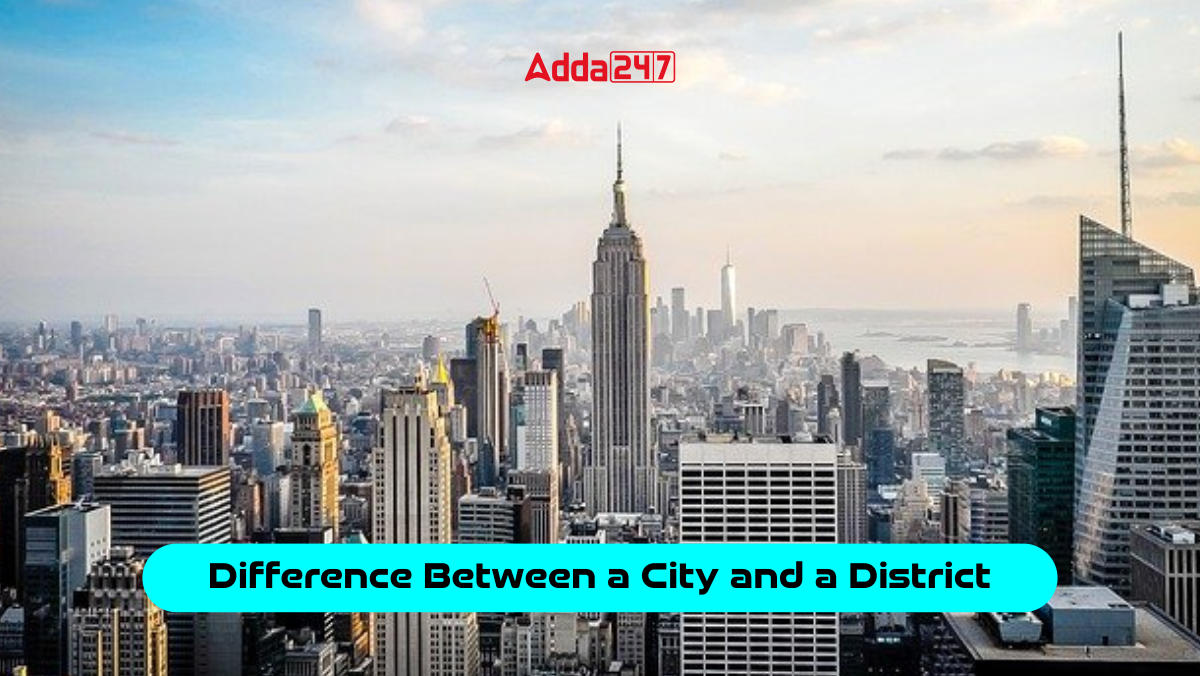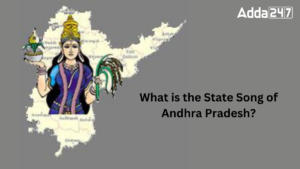Geographical regions often encompass a variety of administrative divisions, each with its own unique characteristics and functions. Among these divisions, cities and districts are two commonly encountered terms that can sometimes cause confusion. In the article, we will delve into the distinctions between a city and a district to help you better understand these urban entities and their roles within a larger geographical context.
What is a City?
A city is a substantial and densely populated urban area that serves as a hub for commerce, culture and government. Cities are typically characterized by their extensive infrastructure, diverse population and economic opportunities. They often have their own local government and provide a wide range of amenities, including schools, hospitals, recreational facilities and more.
Key Features of a City
- Size and Population: Cities are generally larger in both physical size and population compared to districts. They can vary widely in size, from sprawling metropolises like New York City and Tokyo to smaller urban areas.
- Local Government: Cities have their own local government administrative structures, allowing them a degree of autonomy in decision-making and governance.
- Urbanization: Cities are often more urbanized, with a higher concentration of infrastructure, businesses, cultural amenities and entertainment options.
- Diversity: Cities are known for their diverse and cosmopolitan populations, attracting people from various backgrounds and cultures.
- Services and Facilities: Cities offer a broader range of services and facilities, such as major hospitals, universities, transportation networks and an array of businesses.
- Socio-Economic Impact: Cities have a significant socio-economic impact due to their scale and diverse economic activities. They attract investments, create job opportunities and contribute significantly to regional and national economies.
What is a District?
In contrast, a district is a smaller administrative division within a city or region. Districts typically have a more residential or function-oriented focus and may offer fewer amenities compared to a city. They often serve as smaller communities within a larger urban area and may have their own unique characteristics or cultural identities.
Key Features of a District?
- Smaller Administrative Division: A district is often a smaller administrative division within a city or country, typically focusing on specific neighborhoods or areas.
- Residential or Specialized: Districts may be more residential in nature or have specific functions, such as commercial or industrial zones.
- Unique Characteristics: Many districts have their own unique characteristics or cultural identities that distinguish them from other parts of the city.
- Homogenous Demographics: Districts may have a more homogenous demographic, with a population sharing common characteristics or interests.
- Localized Amenities: While cities offer a wide range of services and facilities, districts tend to provide more localized amenities that cater to the needs of their specific communities.
Difference Between a ‘City’ and a ‘District’
| S. No. | Basis of Difference | City | District |
| 1. | Size and Population | Cities are larger in size and have higher population densities. | Districts are smaller and usually encompass areas within a city. |
| 2. | Administration | Cities have their own local governments, mayor and administrative systems. | Districts are often governed by the larger city’s administrator but may have additional localized officials or structures. |
| 3. | Geographic Boundaries | Cities may have broader geographic boundaries. | Districts have specific geographic boundaries within a city or region. |
| 4. | Services and Facilities | Cities offer a broader range of services and facilities, such as major hospitals, universities, transportation networks and an array of businesses.
|
Districts tend to provide more localized amenities that cater to the needs of their specific communities.
|
| 5. | Political Representation | Cities often have a unique political representation at the state or national level. | Districts may have specific representation within the larger city’s political structure. |
| 6. | Size of Governance | Cities require complex administrative structures and systems. | Districts have a relatively smaller administrative structure. |
| 7. | Social Connectivity | Cities provide extensive social networking opportunities due to their larger population and diverse communities. | Districts foster localized social connections and community bonding within specific neighborhoods. |



 Who is the Inventor of the Gramophone?
Who is the Inventor of the Gramophone?
 What is the State Song of Andhra Pradesh...
What is the State Song of Andhra Pradesh...
 National Investigation Agency (NIA): Its...
National Investigation Agency (NIA): Its...
